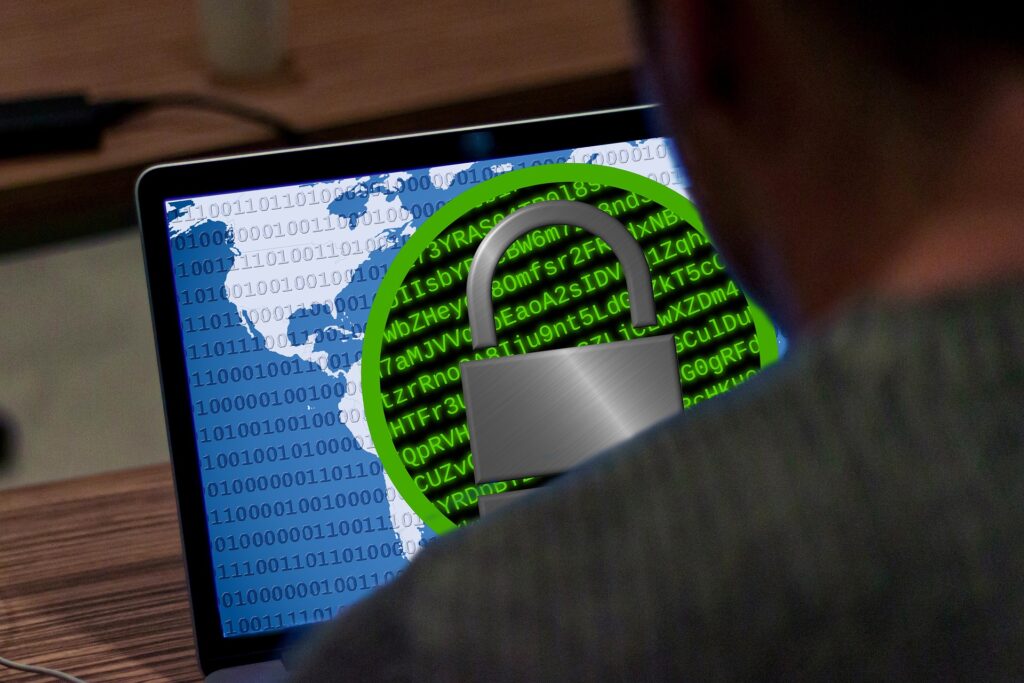How to Protect Your Backup From Ransomware

Nobody, whether you’re working for a company or just for yourself, wants to deal with ransomware. One way you may be able to avoid ransomware attacks is by using a file backup, which allows you to back up your files and keep them safe. Then, if you end up with a ransomware attack, you can wipe the hard drive to remove the ransomware, re-install your operating system, and download all your files from the backup. However, you also have to make sure you’re protecting the backup itself from ransomware. Here’s how you can protect your files from ransomware more effectively.
1. Have a Backup in the First Place
Obviously, to utilize a file backup, you need to make sure that you have one. There are a variety of backup software options available, and you need to make sure you’re scaling your options with the size of your organization. If you’re just backing up your personal data, you need a smaller cloud than if you’re backing up data for a 100-person organization. Additionally, it’s often important to backup all your files, not just important ones, so you need to provide enough space for that.
2. Utilize an Air Gap for Your Backups
The term “air gap” comes from the old days of backing up files to LTO tapes. After the data was written to the tapes, the tapes were completely removed from the premises – there was no way a computer virus could transmit through the air and infect the backup. Nowadays, it’s a less literal air gap. You can use tools like Veeam Object Lock to create virtual isolation that doesn’t allow ransomware to impact the backups. Just make sure you’re backing up your files to the object lock regularly.
3. Stay on the Lookout for Ransomware and Isolate Infected Devices Immediately
The best way to make sure you avoid issues with ransomware is to keep an eye out for it. Of course, with a backup, it means you can reduce the problems that you have with ransomware overall. However, it is a long and complicated process to shut down a computer, wipe a hard drive, reinstall your operating system, and download all your files again. If you can, you want to make sure that you have as few devices infected with ransomware as possible. If you notice an infection, isolate it from the network so you only have a few devices to deal with.
Conclusion
Protecting a backup from ransomware is one of the most important things you can do. Your backup is your number one defense against ransomware, which means that if your backup ends up with problems, you’re going to have a harder time if you are targeted by ransomware. One of the things you need to make sure of is that you’re protecting your backup, which means utilizing backup tools that create air gaps, like Veeam Object Lock, so that you can get the most use out of your backup, just in case.


